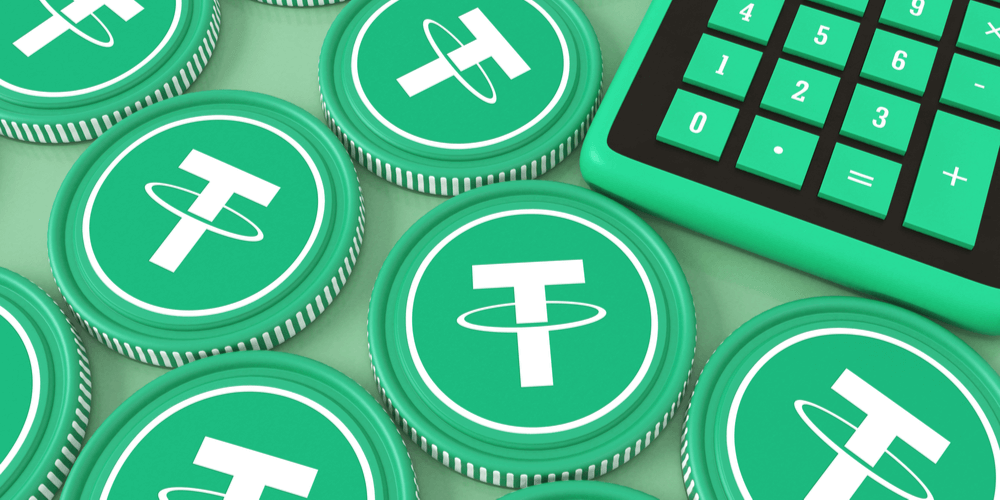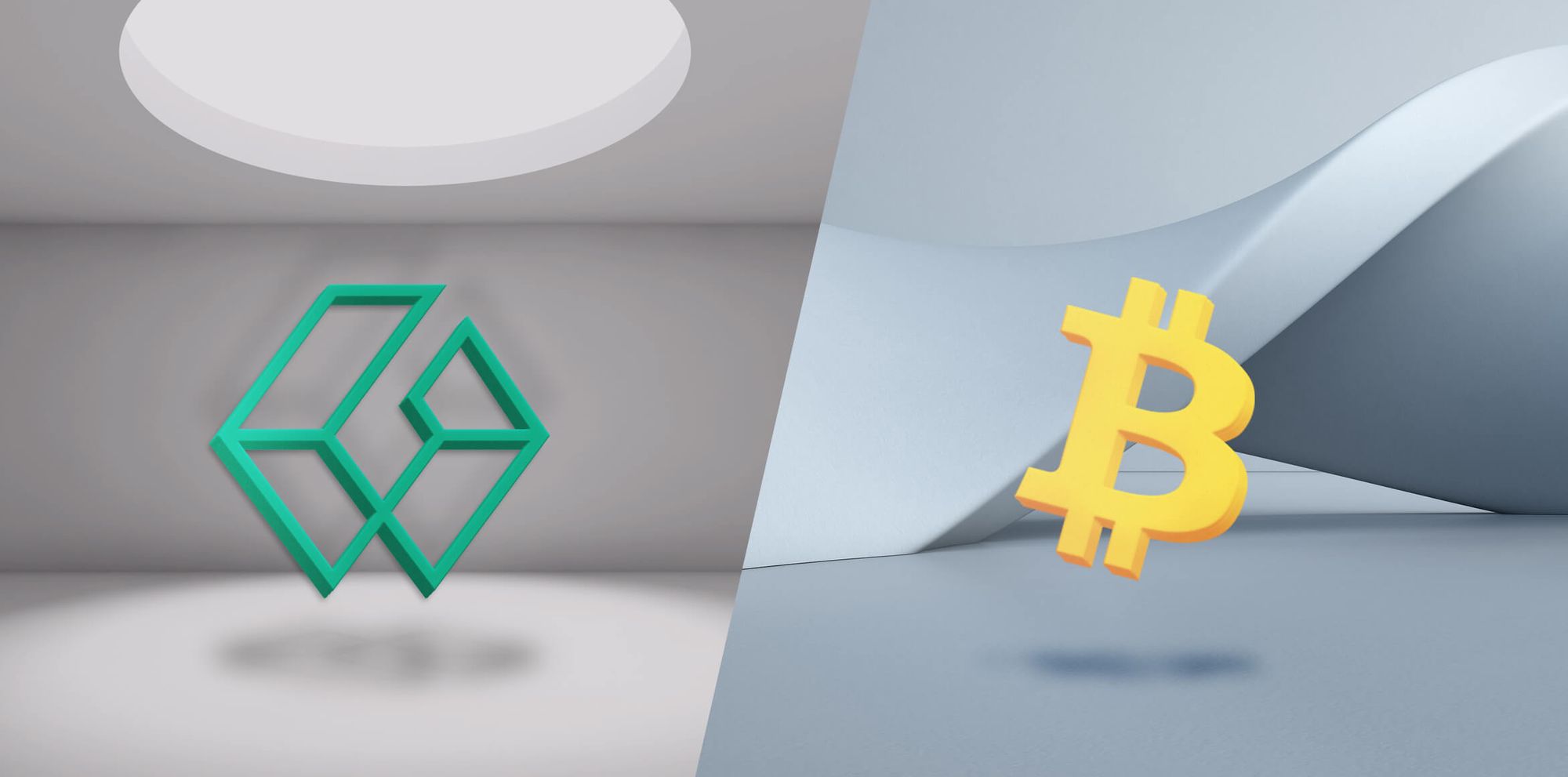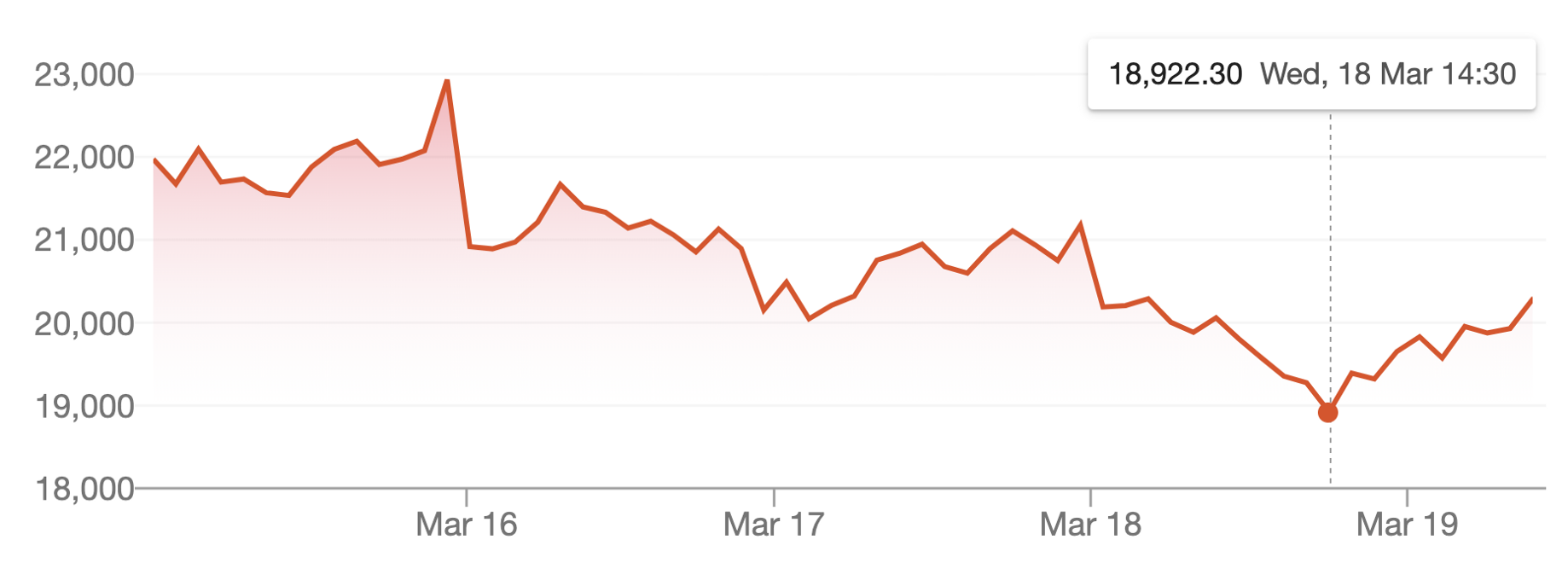
Everything you need to know about USDT cryptocurrency. What is Tether? What is it controversial? Do you think it’s risky to work with USDT?
Tether is the largest stablecoin and one of the most popular cryptocurrencies worldwide. The stablecoin market was as follows for the 18th of November 2021:
It is obvious that Tether dominates the stablecoin market. Many investors think that Tether investing is not the best decision. Some experts believe recent trust issues with Tether could impact not only the coin’s fate but also the future of cryptocurrency in general. However, others argue that Tether is stable.
What is Tether?
Tether, like Bitcoin and Ethereum, is a cryptocurrency. It is different from other cryptocurrencies in that it has a significant difference. Tether is a stablecoin. Its price is tied to the USD price. One Tether is approximately equal to 1 USD, while stablecoins that aren’t cryptocurrencies are volatile. They can change dramatically in a short time.
How does Tether keep its price stable and manageable? Each Tether token is supported by a US Dollar held in a bank account. The account must be credited with 1 USD to create a new Tether coin. This is how it will work.
The recent problems with the stablecoin have shown that not all is well. Despite the fact that the stablecoin was designed to facilitate lending and trading, there are still some questions about its transparency. Tether attempted to address these concerns by publishing their attestation report. However, some issues were discovered.
Tether is backed by 3.9% cash reserves
Stablecoin was originally intended to be 100% backed USD. However, the attestation showed that only 3.9% of Tether’s value is backed in cash. 65.4% of Tether is backed by commercial papers. Corporations can get a short-term loan using commercial papers. Tether does not share information about the type or the borrowers. Tether is not able to access the money in an easy way.
The audit itself is another concern. Although it was conducted by Moore Cayman, the audit was not an independent one.
Tether confirms that all coins are backed but doesn’t insist that they are backed with USD.
Tether has had legal problems
BitFinex, Tether’s parent company, has been having issues with the New York Attorney General’s Office. After an extensive investigation, BitFinex was found guilty of 18.5 million USD in fines and banned from operating in New York.
BitFinex has denied any violations of the regulation. Investor confidence in Tether has declined since then.
What’s the Deal with Tether?
It’s better to ask someone from the company. Here’s how Tether CTO Paolo Ardoino and Tether’s general counsel Stuart Hoegner describe the situation surrounding Tether.
These are the highlights of the interview:
- Tether won’t share information about commercial paper that backs up the currency.
- They have never refused to accept redemption requests from any customer.
- They don’t deny that commercial paper is Chinese.
- Tether is currently working towards financial audits.
Tether has an impact on the market
Many experts, including JPMorgan’s analysts believe that Tether isn’t as stable a guarantor than it claims to be. It is, in fact, a threat to financial stability.
Tether is used to protect crypto funds during volatile periods in the market. Stablecoin is a way to keep the funds safe and not swap them for fiat. Tether holders are very common among traders.
USDT holders may start to sell Tether or request a redemption if trust in Tether drops. If Tether was backed by USD, it would not be a problem. Tether is however backed by commercial papers. Specialists doubt that Tether can pay USDT holders for each USDT they hold, if holders want to sell USDT coins. There have been instances where USDT holders requested redemption and received it, even though they did not get it immediately.
Tether functions just like any other bank or financial institution. However, Tether isn’t regulated and does not provide the same protections as banks or financial institutions. Market analysts also have concerns about this. Stablecoins, particularly Tether, make up a large part of the cryptocurrency market. The entire ecosystem could be destroyed or collapsed if stablecoins are lost.
Tether is not the only stablecoin
USDT is the largest stablecoin according to market capital. USDT is involved in over half of all Bitcoin trades. USDT isn’t the only stablecoin. Tether’s failure could have a devastating impact on the market. It will be beneficial for stablecoins backed 100% by USD. Gemini USD and GTBC will be the leaders.
What’s Next?
It depends. It is possible that regulations will be changed. The regulation will determine how the Tether position changes.
A digital dollar is one way to remove Tether and other stablecoins off the market. The creation of a digital dollar would eliminate the need for stablecoins. Tether’s future is at risk from a digital dollar, even though its creators don’t agree with it. They claim that even if a virtual dollar is created, there will still be enough room for all stablecoins.
The argument continues for now. Tether is working to regain its position and win the trust of users. Meanwhile, authorities are increasingly interested in stablecoins.


No Comments